Uromastyx is a genus of lizards native to Africa and the Middle East. Most species in the genus prefer living in rocky or hilly areas with plenty of underground hiding places. Many people commonly refer to these lizards as spiny-tailed lizards, uromastyces, dab lizards, or mastigures.
There are 14 different species of Uromastyx, each with its own unique traits and appearance. Read on to learn about the uromastyx.
Description of the Uromastyx
Though there are a variety of species, most individuals range from 10 – 36 inches in length. Their coloration varies by species, region, and temperature.
In cooler weather these reptiles are darker in color to absorb light more efficiently, but when the climate is warm they are lighter. Nearly all species have spiked tails, which they use to attack potential predators. They can swing their tails quickly, to give their assailant a painful smack.
Interesting Facts About the Uromastyx
People often keep these reptiles as pets, but they might not be the right choice for everyone. Learn more about these reptiles below to see if they are a good fit for you!
- Recent Pet – A decade or two ago, these reptiles made poor pets, primarily because they didn’t survive very long. We understood very little about their daily and dietary needs. In recent years researchers have been able to perfect the care of these creatures. So much so in fact, that many species outlive their wild counterparts!
- Active Animals – Uromastyx are large lizards, and require equally large enclosures. They are also very active, and prefer having lots of space to roam and explore. This means that they require much larger habitats than some other reptile species.
- Dig Down – In addition to large enclosures, they must also have deep substrate. In the wild, these reptile’s burrows can extend 10 feet or more. In human care, they should have the largest enclosure you can provide, with adequately deep substrate for burrowing beneath the surface.
- Unsustainable Uromastyx – If you think you can take on these creatures as pets, it is also important to remember to learn where your pet comes from. Humans still capture many species from the wild in an unsustainable fashion. This can put the wild populations in danger, and also result in the death of many uromastyx before they reach anyone as pets. Choose a captive bred reptile when picking your pet.
Habitat of the Uromastyx
These reptiles inhabit arid environments with extreme temperatures. They live in areas with rocky soil and hilly terrain, using underground burrows to escape from hazardous weather. In some areas the climate exposes them to temperatures as high as 120º F or more! Uromastyx reside anywhere from sea level, all the way to 3,000 ft. elevation.
Distribution of the Uromastyx
The various species of uromastyx flourish in Africa and the Middle East. In Africa they range across the north and northeast countries, including the Sahara Desert. In the Middle East, various species reside as far east as Iran. These lizards also reside in households worldwide, but are less popular pets than some other reptile species, like bearded dragons.
Diet of the Uromastyx
These reptiles are herbivores, and only rarely feed on insects. Young hatchlings require some level of protein while growing, but too much protein can be problematic for adults.
Their primary source of water is in the vegetation that they eat, and in captive situations providing a water dish can seriously impact the humidity levels, causing illness in the animal. In the wild, they will feed on a wide variety of plants, including cacti, to survive.
Uromastyx and Human Interaction
While these reptiles interact with humans in a positive fashion as household pets, they more sinister interactions in the wild. Throughout their natural range, humans hunt them as food and sell them in markets. This practice is most common in Saudi Arabia, where they consider the meat a delicacy. They also capture some species for the pet trade, which can negatively impact the overall population.
Domestication
Humans have not domesticated these reptiles in any way.
Does the Uromastyx Make a Good Pet
Yes, uromastyx can make good pets, but are not well suited for beginners. They need extensively sized cages and have more intricate needs than some other reptiles. Only an experienced and well-educated owner should consider a uromastyx as a pet.
Uromastyx Care
The first step in proper care is ensuring your pet comes from a reputable breeder. Wild caught animals can carry disease, and are less likely to survive, and impact the wild populations. Your new pet should have a large enclosure, or if you purchase a young animal, you should be prepared to graduate to a larger enclosure as the reptile grows.
You must also maintain the proper temperature, humidity, and basking lights for your pet to stay healthy. Use the direction of your veterinarian or breeder to choose the best ranges for each of these requirements.
Behavior of the Uromastyx
The day-to-day life of these reptiles is somewhat demur. They bask in the sun, roam in search of vegetation, or seek cooler temperatures underground.
When the weather gets too hot, or too cold at night, the reptiles retreat to their underground burrows. These burrows can be as long as 10 feet, and are much more stable in temperature than the topside is. When sleeping at night, the lizards will make sure their spiny tail is facing the entrance to discourage predators from making a meal out of them.
Reproduction of the Uromastyx
Both age and species play a large factor in reproduction. Larger females can lay as many as 40 eggs in some species, while smaller animals can lay as few as 5 eggs. She lays her eggs approximately one month after mating, and they incubate for 70 – 80 days before hatching.
The young lizards, called hatchlings, are fully independent at birth. Within the first few weeks of hatching, they will quickly gain weight by eating insects. As they age, their diet becomes vegetarian.

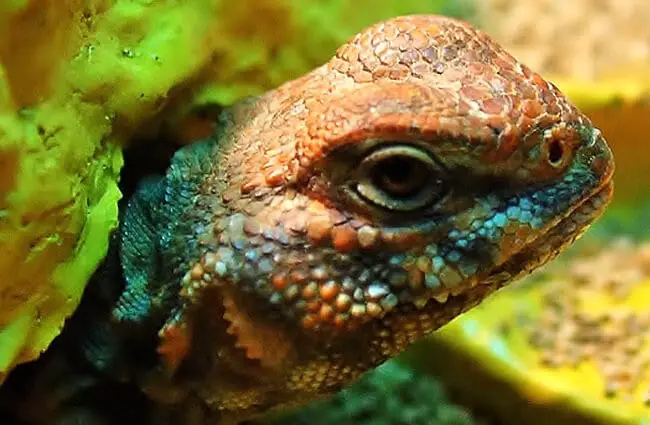
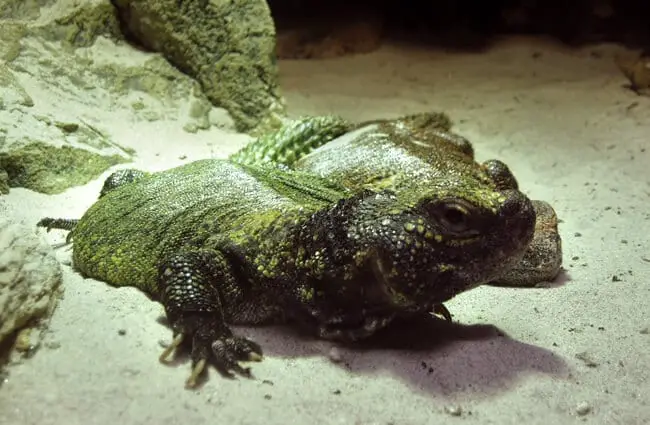

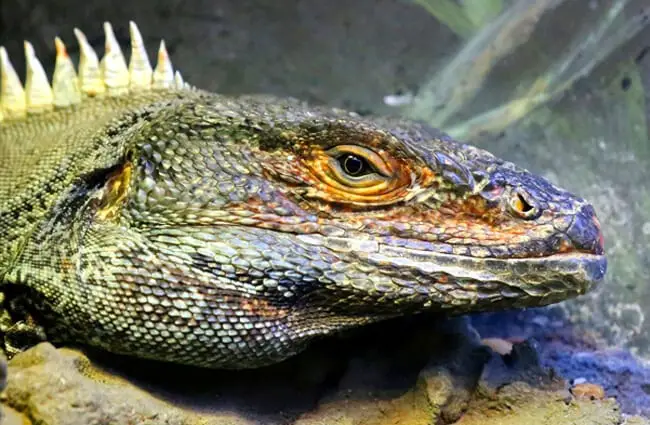

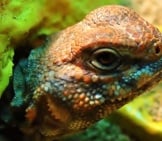
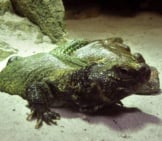
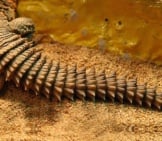
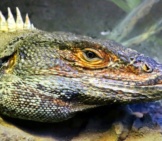
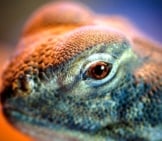
![Red Angus Closeup of a beautiful Red Angus cowPhoto by: U.S. Department of Agriculture [pubic domain]https://creativecommons.org/licenses/by/2.0/](https://animals.net/wp-content/uploads/2020/03/Red-Angus-4-238x178.jpg)


![Red Angus Closeup of a beautiful Red Angus cowPhoto by: U.S. Department of Agriculture [pubic domain]https://creativecommons.org/licenses/by/2.0/](https://animals.net/wp-content/uploads/2020/03/Red-Angus-4-100x75.jpg)

